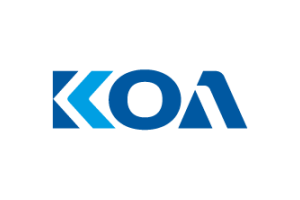Sun Helps With the Energy Transition
Innovative Solar Projects From Around the World
More and more companies around the world are committing to solar projects to promote sustainable energy production and thus counteract climate change. However, these lighthouse projects not only provide green electricity, but also create significant added value for the region.
The projects listed here are truly showcase projects, as they contribute to job creation, environmental protection and improvement of local infrastructure. The examples presented illustrate the transformative impact of such solar projects by combining both economic and environmental benefits.
Swimming fun: Kenya's first floating solar system
Floating in the water reservoir of a Kenyan flower farm is a solar system with 216 solar modules and a capacity of 69 kWp, which was financed and realised by the German impact investment provider Ecoligo. The installation offers several advantages for the farm: in addition to generating clean energy, the floating solar system reduces the spread of algae and counteracts the evaporation of water reserves, thus conserving already scarce regional water resources.
Floatovoltaics, as floating solar systems are also called, make unused water surfaces usable for energy production. This allows other land to be used for agricultural purposes, for example, and promotes the local economy. In addition, the cooling effect of the water improves the performance of the solar panels. A clear win-win situation.
Upright solar panels in Japan
Vertical solar panels have been installed on a car park in Sapporo, Japan. What looks inefficient at first glance, since the sun usually comes from above and not from the side, offers more advantages than disadvantages on closer inspection. In contrast to conventional solar systems, the horizontal system requires hardly any space. This makes it easy to accommodate even in urban areas, for example on car parks.
And: The area is known for heavy snowfall. While snow accumulates on a vertical system and blocks the sun, it slides off on the vertical system. Vertical solar plants are therefore perfectly suited for snowy regions. In addition, the snow reflects the sun, making the solar radiation even higher.
The largest distributed rooftop photovoltaic project in the industry
In Panzhou, China's economic development zone, a major multi-roof solar project with a total capacity of 30 MW was completed in 2020. This was the largest number of individual rooftops combined into a complex photovoltaic system. By using technologies such as string photovoltaic inverters from greentech pioneer Hopewind Electric, the commercial plant was cost-effectively connected to the local grid.
The example shows how distributed rooftop solar projects make good use of unused land while contributing to regional energy infrastructure and sustainable energy production.
Racing across the solar panel at 150 km/h
More and more companies are looking into laying solar panels between rails on railway tracks. Such systems have already been tested in Germany and Switzerland, among other countries.
If the entire Swiss rail network were covered with solar panels, about two per cent of the country's electricity needs could be met. And that would be without converting new areas for solar plants. Instead, space would be left around the tracks for nature and agriculture.





